Biology The Study of Life: Part 3 (Origin of Life)
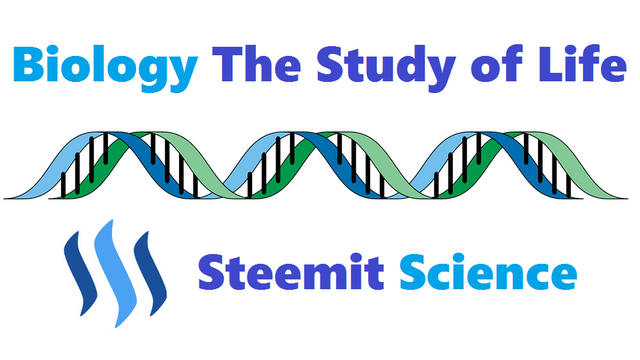
Introduction
This informative series of posts will explore modern biology; the fundamental principles of how living systems work. This material will always be presented at the level of a first-year college biology course, without assuming any prior background in biology or science. It also presents material in a conceptual format. Emphasizing the importance of broad, unifying principles, facts and details in the context of developing an overarching framework. Finally, the series takes a historical approach wherever possible. Explaining how key experiments and observations led to our current state of knowledge and introducing many of the people responsible for creating the modern science of biology.
This post returns in more detail to the problem of how life arose on the early Earth.
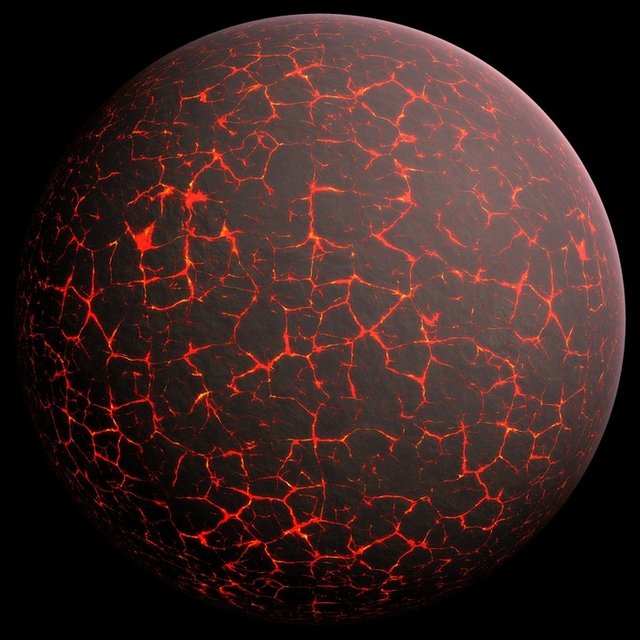
Picking up from the Miller experiment discussed last time, the post outlines the challenges that must be overcome for living entities such as we recognize today to have evolved and reviews experimental data suggesting how these challenges might have been met. Particularly difficult is the problem of how an individual cell can reproduce while transmitting advantageous characteristics to its “daughter” cells. We know that the molecule deoxyribonucleic acid (DNA) plays this role in modern life forms, but such could not have been the case on the early Earth. The problem of reproduction identifies the concept of information in biology and, thus, introduces the connecting theme for the first third of the series.
The creation of simple organic molecules (biomolecules) is only the first small step in the origin of life from non-living matter.

Biomolecules typically are long strings (polymers) of simpler organic building blocks (monomers). In modern cells, the reactions needed to build such strings (polymerization) are catalyzed and controlled by other biomolecules. In the late 1950s, Sydney Fox created short chains of amino acids (polypeptides or proteins) spontaneously in the lab but under only a narrow range of conditions. Fox and other scientists suggested that hot clay could be used as a nonbiological catalyst (a substance that speeds or enables chemical reactions) to produce polypeptides abiotically (without other biological material). James Ferris has since shown that hot clay can produce not only polypeptides but also chains of nucleic acids. Hot clay on the shores of early Earth could have produced polymers that then washed back into the ocean, creating an increasingly rich “primordial soup” from which life emerged.Spontaneously produced polymers are produced randomly, though, and are generally non-functional.
The next critical step in the origin of life from non-life must have been the evolution of primitive cells.
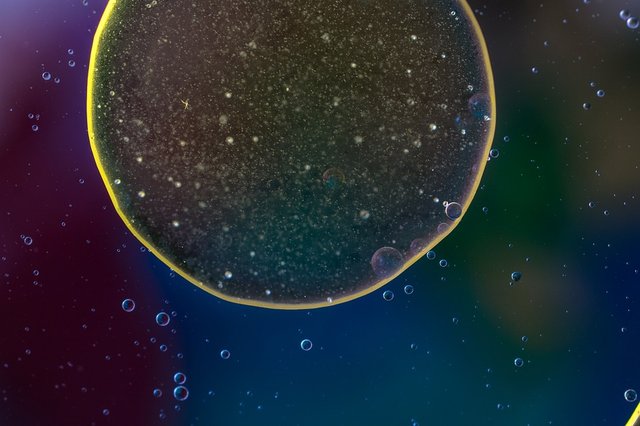
The cell represents a fundamental “package” of life; it is the smallest level of organization for a completely self-contained living system. One reason cells are important is that they define, through their outer surface, a barrier between what is living and what is non-living. Laboratory experiments have created cell-like structures (protobionts) that contain enzymes and perform some basic chemistry typical of living systems. Some biomolecules (e.g., lipids) spontaneously form protobionts. Coacervates are remarkable protobionts that self-assemble from a solution of polypeptides, nucleic acids, and polysaccharides (polymerized sugars) under certain conditions. When enzymes are added to a coacervate solution, they are taken inside the coacervate and begin to function normally. In spite of remarkable experiments showing the ability of biomolecules and simple cells to be created abiotically, many questions remain unanswered about how life might have arisen spontaneously on the early Earth.
The most difficult problem for the origin of life is understanding how early cells (or organisms in general) can reproduce while maintaining continuity of biological information.
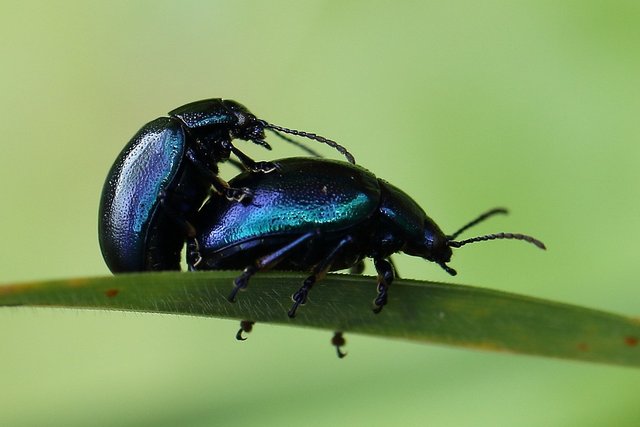
Reproduction leads to both questions and answers about the origin of life and the role of information in life. Simple reproduction is not the problem; primitive cell-like structures created in the laboratory will divide spontaneously when they become large enough. When a cell has a modification that makes it more likely to survive than other cells, the beneficial molecules are divided into two cells in simple reproduction. This “dilutes” the modification as more cells are produced. The more difficult problem is to replicate and transmit the information needed to specify the functional properties of a cell and build new, accurate copies.
In modern cells, we know that the “blueprint” containing the required information is DNA (deoxyribonucleic acid), a kind of nucleic acid.
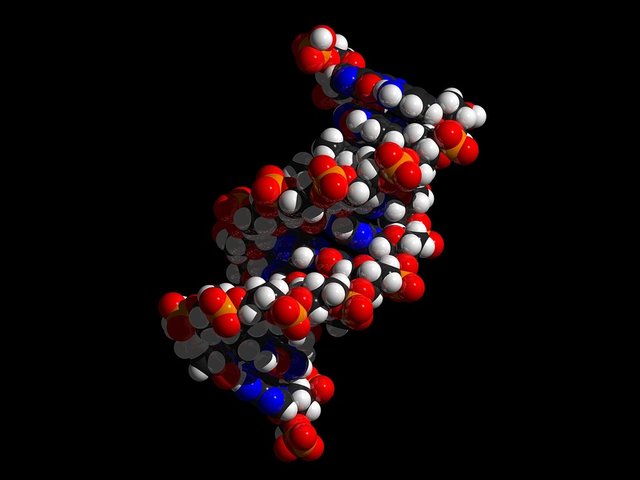
DNA transfers its information into RNA, which then transfers its information into proteins. Because proteins do most of the work of modern cells, most of DNA’s information is dedicated to making proteins. There is a serious catch, however, for understanding how a blueprint might have functioned in early cells:
1. DNA cannot replicate itself; it is replicated in modern cells only through the catalytic action of a large number of proteins. However, proteins can be produced in modern cells only if there is a DNA molecule specifying their structure.
2. Neither DNA nor proteins can exist in modern cells without the other; which came first in primitive cells?
Current thinking suggests that RNA in early cells could store and transmit information, perform other catalytic functions in cells, and replicate itself.
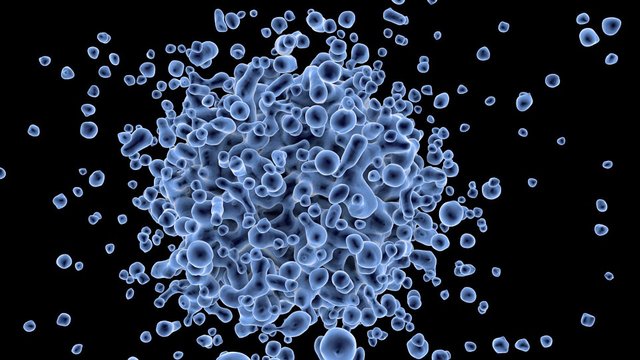
Experiments show that short chains of RNA can replicate themselves. In 1983, Thomas Cech discovered that certain types of RNA (ribozymes) perform catalytic functions in modern cells. Before this, catalytic functions were believed to be the sole domain of proteins. These results suggest that protobionts may have reached a stage in which RNA carried out most cell functions. This stage would have been followed by the modern process, in which DNA and proteins perform most functions and RNA is a helper molecule. The transition to the modern stage makes sense because DNA and proteins are specialized and much better at their tasks than RNA.
Biological information specifies the construction and replication of biologically useful molecules and structures; a property of living things is that they can organize, transmit, and replicate this information.
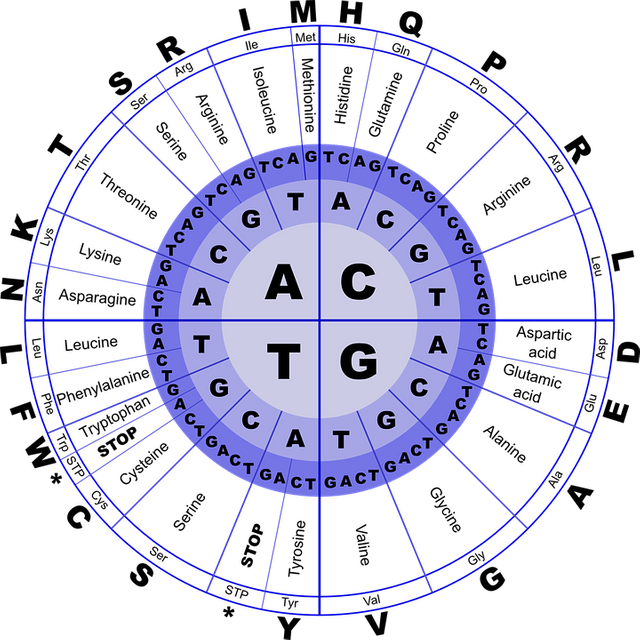
Several things that had to occur on the early Earth for non-living matter to give rise to a living system, scientists still disagree on what most defines the transition from non-living to living. Recent work in the laboratory has produced simple proteins that essentially can replicate themselves. This finding changes our views on the origin of a primitive genetic system in ways that only time will tell.
END PART 3
BIOLOGY THE STUDY OF LIFE:
PART 1 INTRODUCTION
PART 2 WHAT IS LIFE
PART 3 ORIGIN OF LIFE

 or
or  @pjheinz
@pjheinzImage Credits:
ALL IMAGES UNLESS NOTED - Pixabay
CC0 Public Domain
Free for commercial use
No attribution required